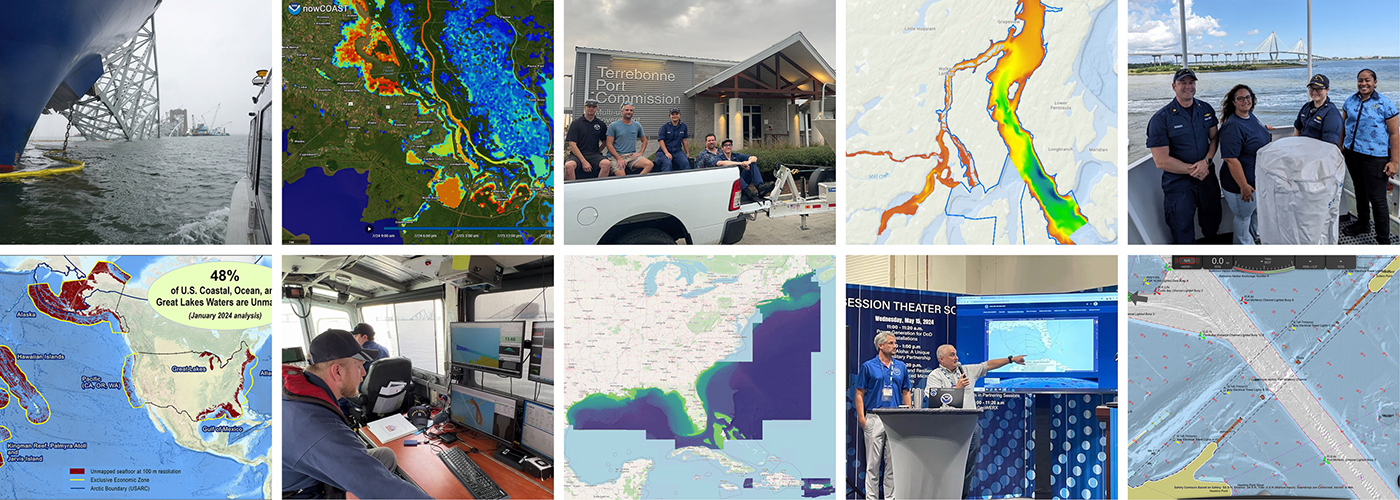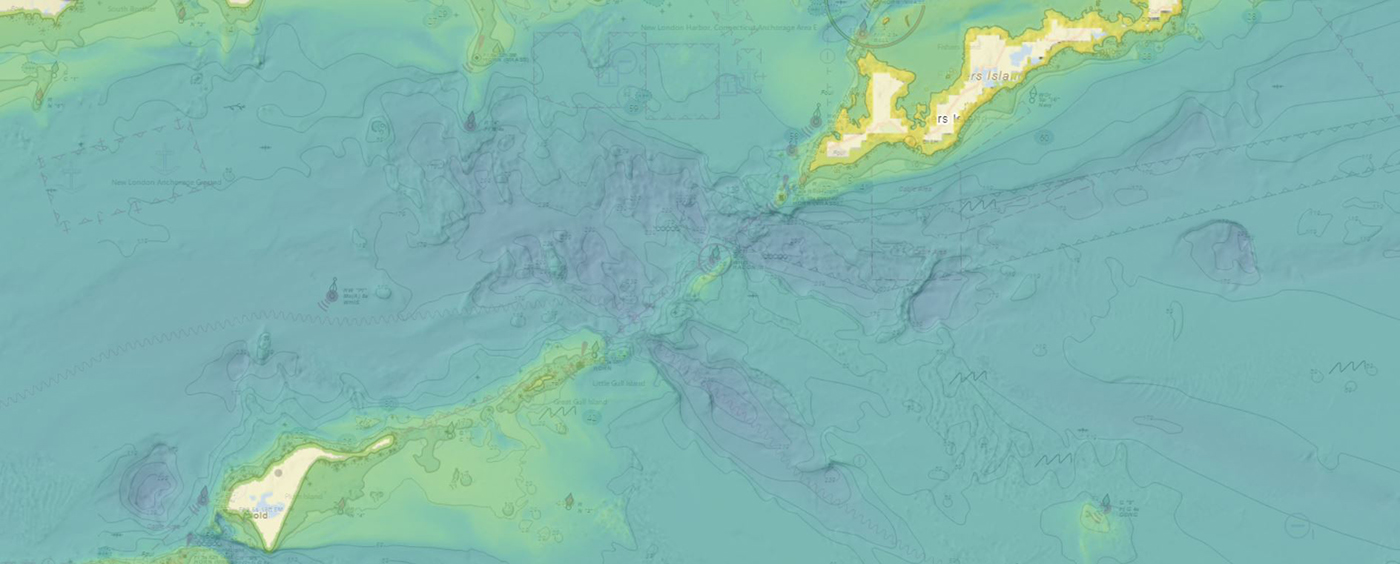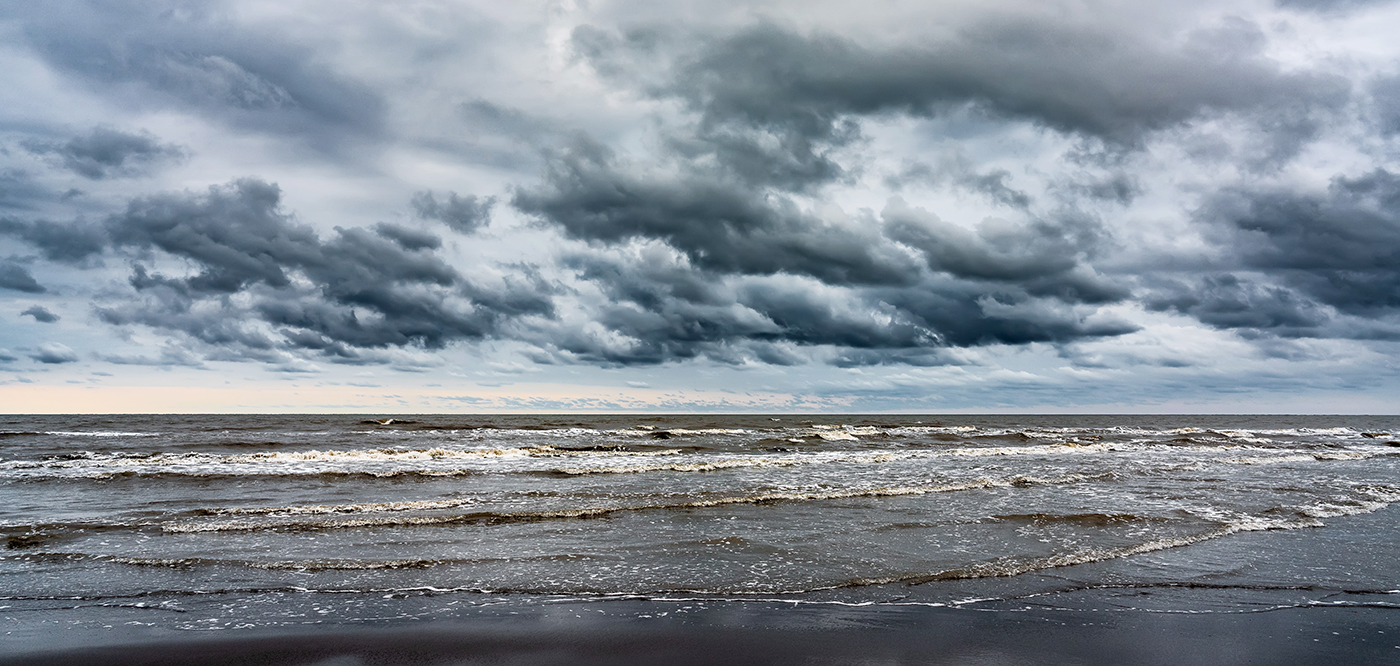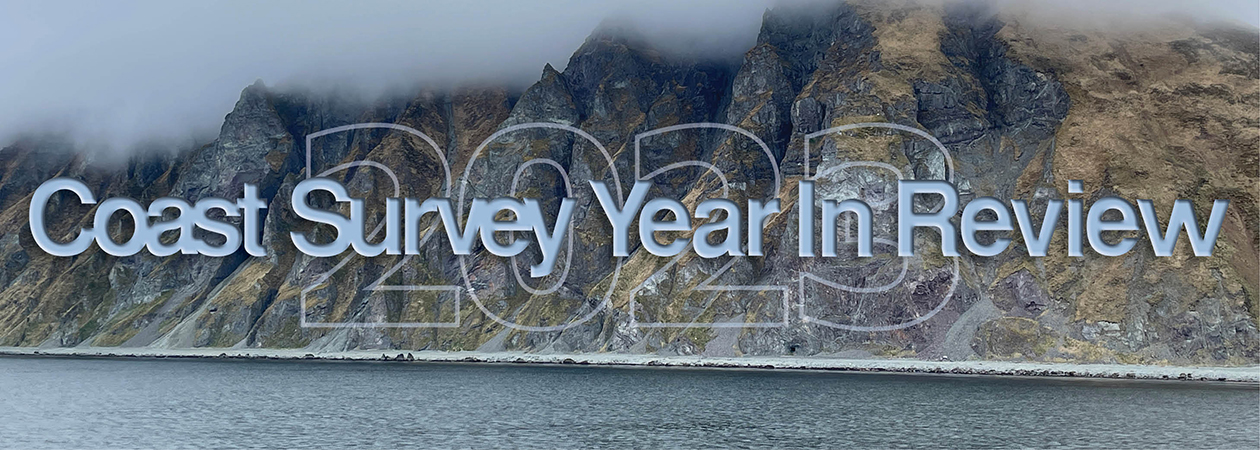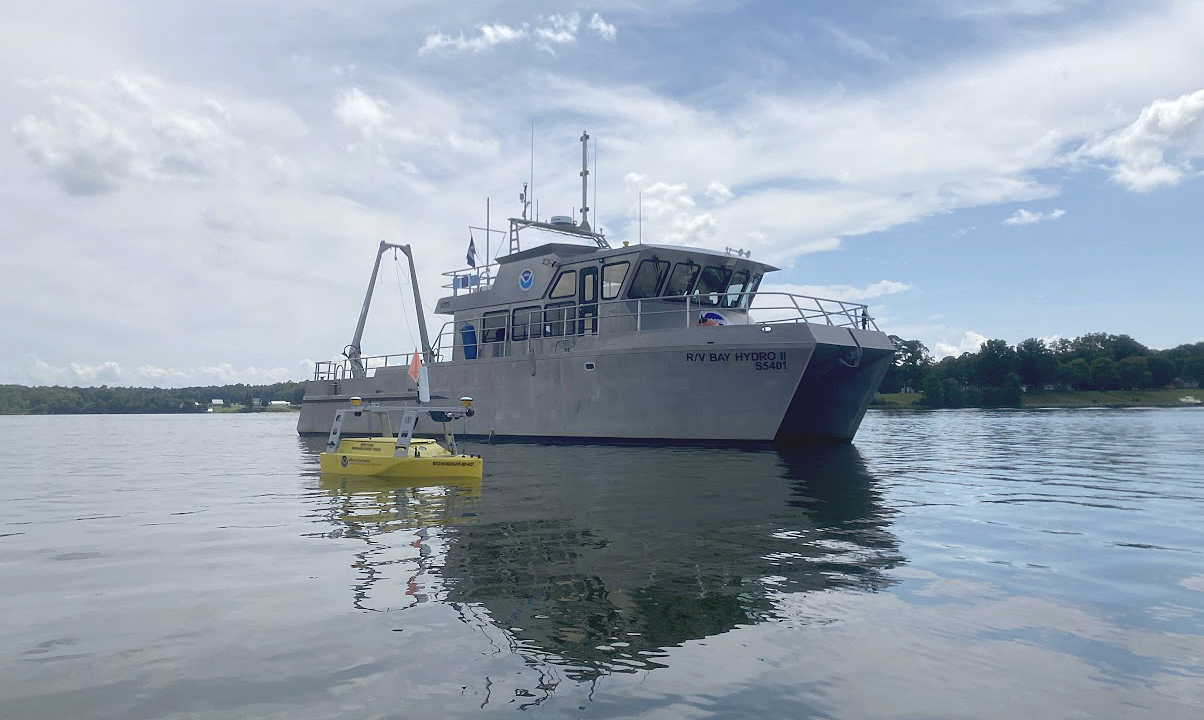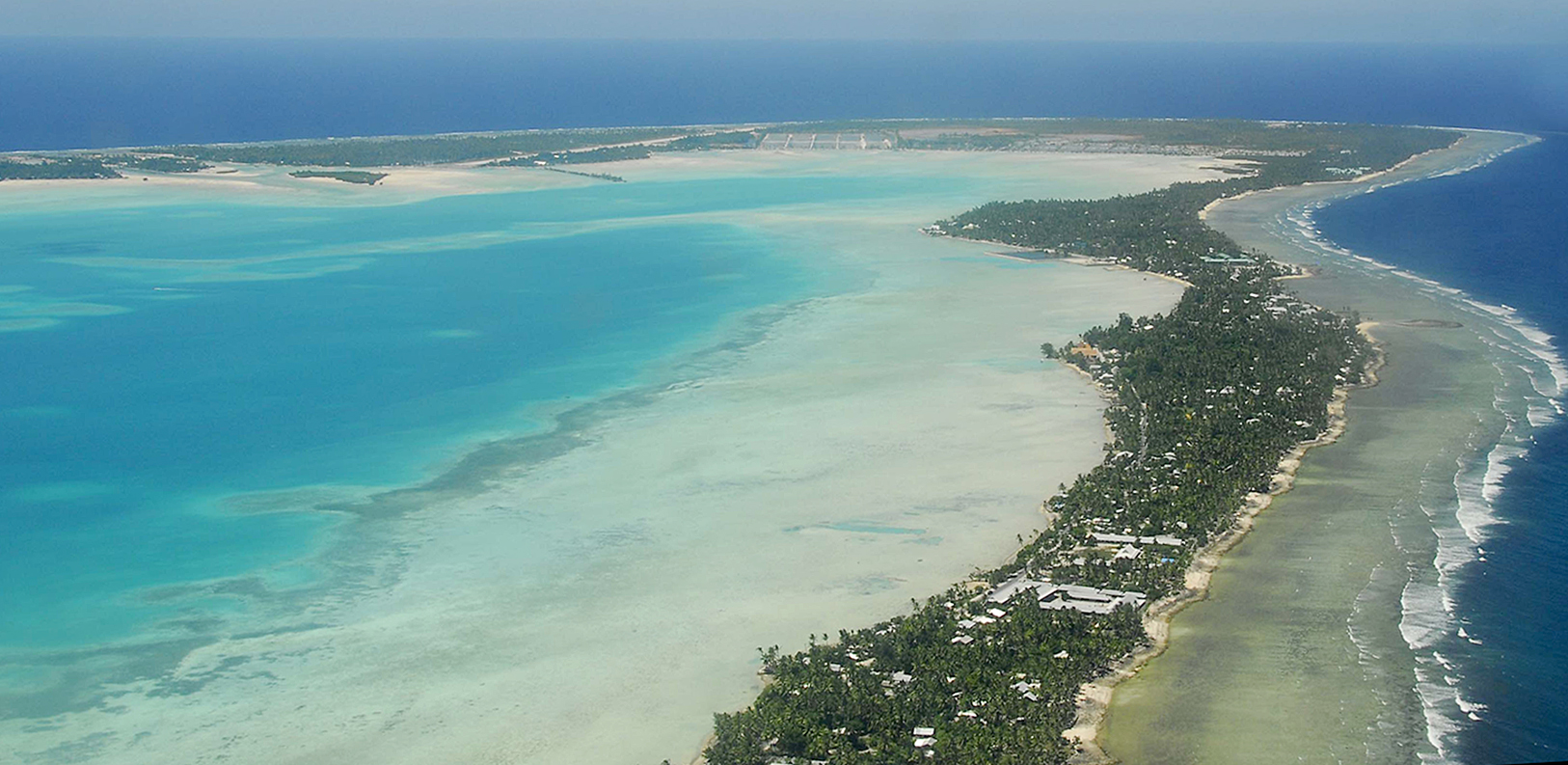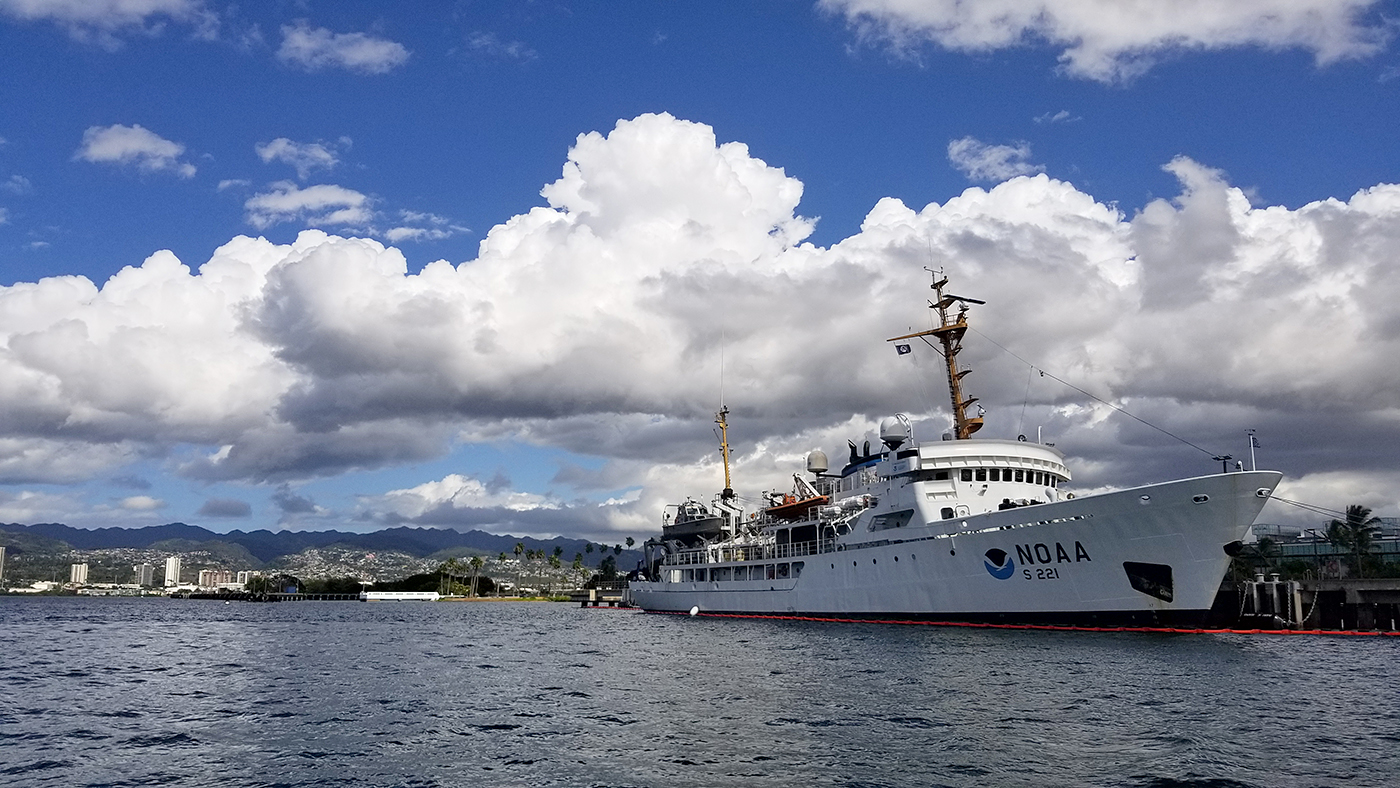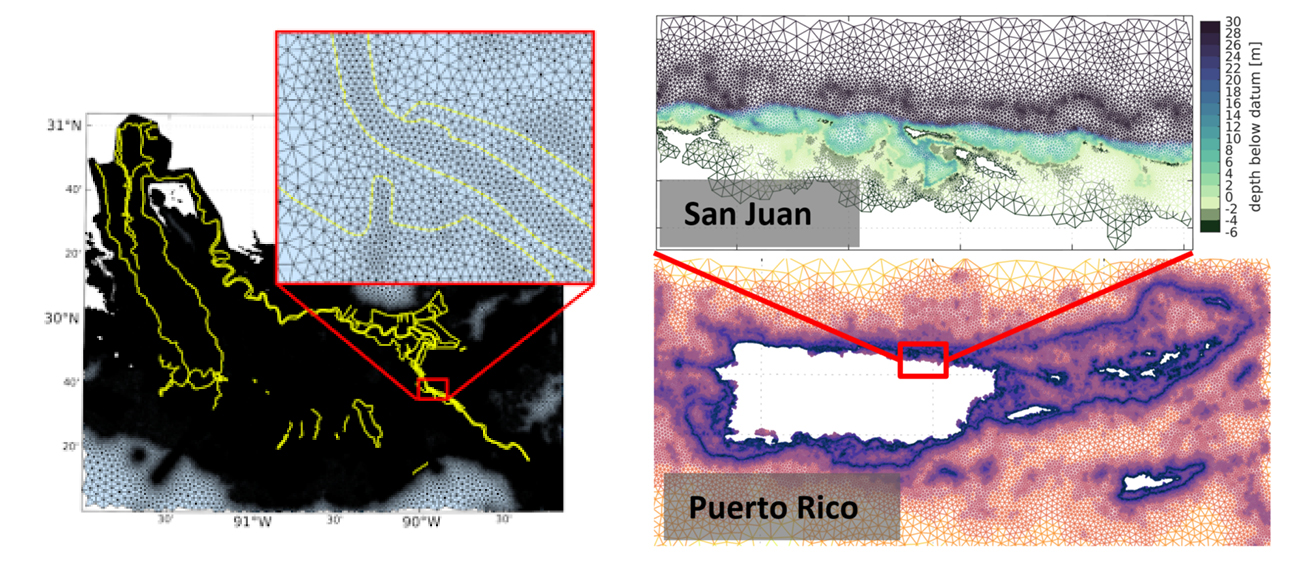During World War II, the 334-foot, 5,350-ton SS Coast Trader was hit by a torpedo and sank off the coast of Cape Flattery, Washington.
Resting almost 500 feet below the surface, the Coast Trader has an estimated 542 tons of heavy fuel oil remaining in the fuel tanks. The quantity onboard the Coast Trader is equivalent to 60% of the volume of fuel spilled into the Pacific Ocean near Grays Harbor by the barge Nestucca in 1988, which remains one of Washington’s largest and most damaging oil spills.
Continue reading “Coast Survey’s Operational Forecast System informs shipwreck oil spill scenarios”

